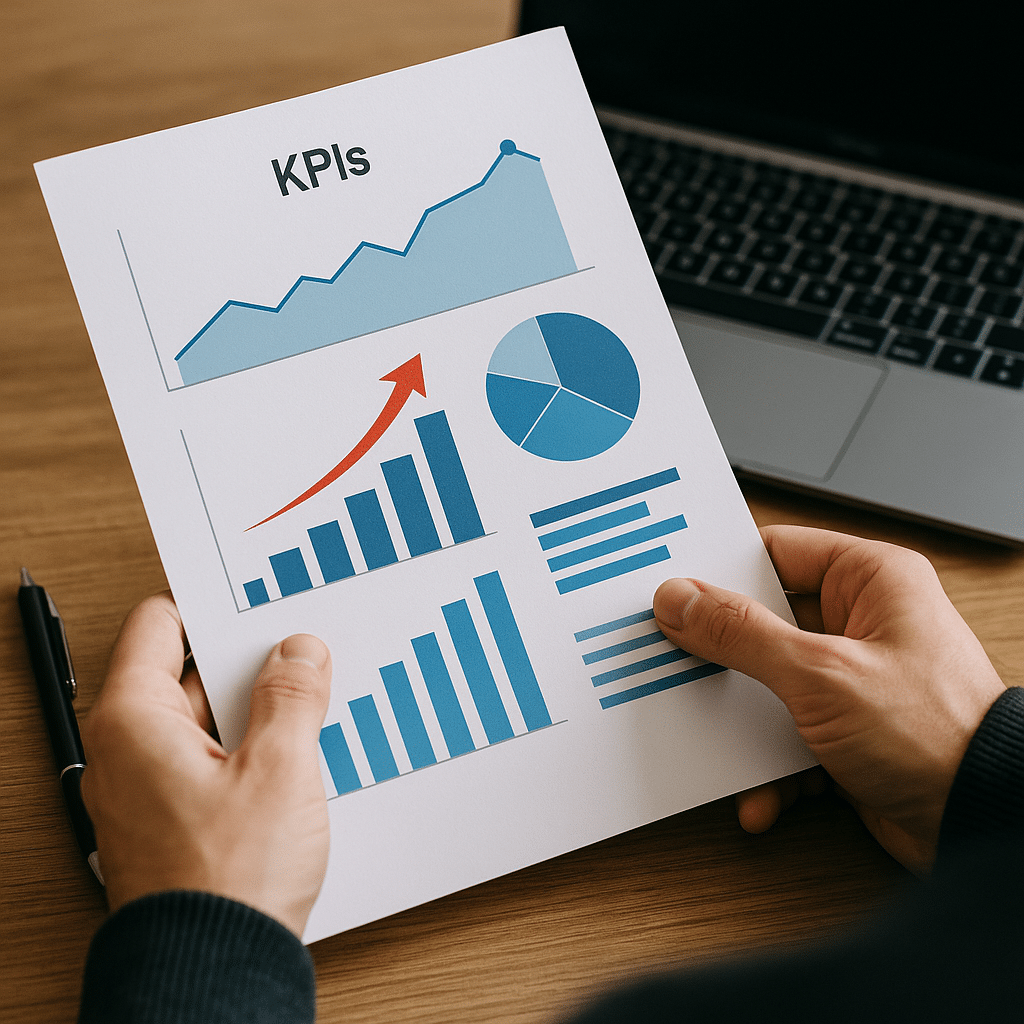In today’s data-driven landscape, businesses must evolve beyond vanity metrics like likes and shares to focus on more substantive KPIs that drive sales uplift. While social media engagement remains important, the emphasis is increasingly on KPIs that directly correlate with revenue growth. Curious about which KPIs will transform your business strategy? Read on to discover how to measure what truly matters.
Understanding the Limitations of Vanity Metrics
Vanity metrics have long been a staple in evaluating digital marketing performance. Although they offer insights into audience engagement, metrics like likes, shares, and comments do not necessarily lead to increased sales or customer retention. As marketers, it’s crucial to differentiate between metrics that look good on paper and those that positively impact the bottom line.
Prioritizing Revenue-Focused KPIs
Revenue-focused KPIs are essential for businesses looking to directly connect marketing efforts with financial outcomes. These indicators go beyond surface-level engagement to assess the effectiveness of campaigns. Conversion rates, customer acquisition costs, and ROI are just a few examples of KPIs that provide a clearer picture of your marketing strategy’s success.
The Role of Customer Lifetime Value
Understanding the customer lifetime value (CLV) helps in assessing long-term customer engagement and profitability. By focusing on CLV, businesses can tailor their marketing efforts to maximize the revenue potential of each customer over time. This metric enables strategic planning for allocating resources efficiently, ensuring lasting customer relationships and revenue growth.
Emphasizing Conversion Rate Optimization
Conversion rate optimization (CRO) is imperative for enhancing the efficiency of your sales process. A high conversion rate indicates that your marketing strategies are effectively turning prospects into customers. Utilizing tools like A/B testing and heat maps can help identify areas for improvement, ultimately leading to increased sales uplift and operational efficiency.
Improving Customer Retention Rates
Customer retention is a pivotal KPI for sustaining a competitive edge. High retention rates not only reduce the need for costly customer acquisition but also indicate customer satisfaction and brand loyalty. Implementing loyalty programs, personalized communication, and exceptional customer service can significantly improve retention rates, thereby boosting your overall sales uplift.
Tracking Sales Uplift for Success
Sales uplift measures the increase in sales as a direct result of marketing activities. By focusing on sales uplift, businesses can gain insights into the effectiveness of their campaigns and make data-driven decisions. Analytical tools and platforms offer invaluable data to measure the incremental rise in sales, providing a comprehensive view of your marketing impact.
In a rapidly evolving market, focusing on KPIs that matter not only aligns marketing efforts with business objectives but also ensures a sustainable growth trajectory. Prioritizing revenue-focused metrics and optimizing strategies for sales uplift can yield significant results, enhancing long-term profitability.
FAQs
- Why should businesses move beyond vanity metrics? Vanity metrics may indicate engagement but don’t equate to revenue growth. Focusing on financial KPIs connects marketing efforts directly with business growth.
- What are some essential KPIs for sales uplift? Conversion rates, customer acquisition costs, customer lifetime value, retention rates, and sales uplift are crucial KPIs that contribute to enhanced revenue.
- How often should businesses assess their KPIs? Regular assessment of KPIs, ideally on a quarterly basis, allows businesses to adjust strategies and maintain alignment with financial goals.
- What tools can aid in tracking KPIs effectively? Platforms like Google Analytics, HubSpot, and specialized CRM systems can provide detailed insights into sales and marketing performance.
